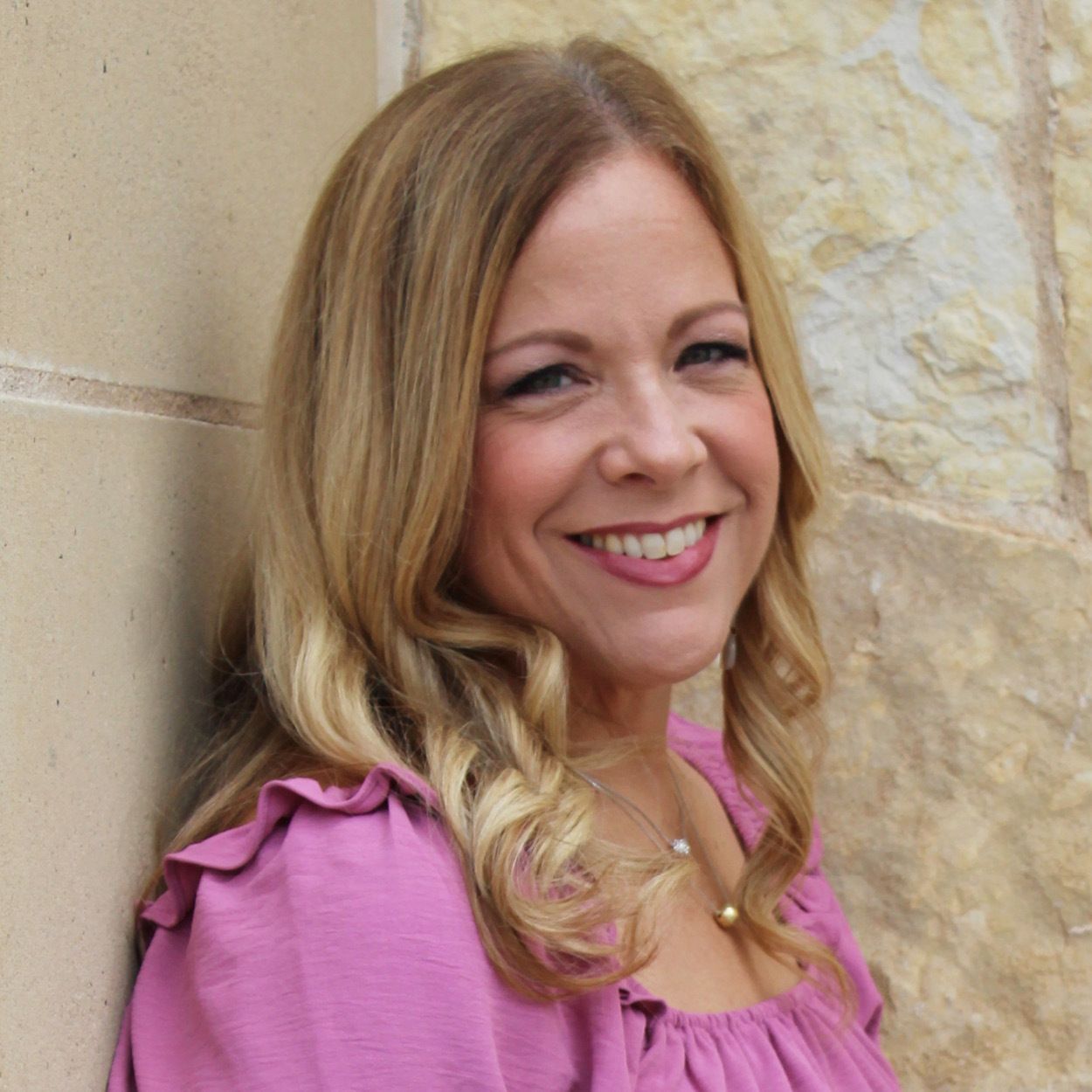WEST TEXAS WINDS, PERMIAN BASIN STRING QUARTET & FRIENDS
Saturday, October 25, 2025 | 5:00 pm
Rea-Greathouse Recital Hall at WNPAC
Lyndsay Eiben, flute
Caryn Crutchfield, oboe
Chris Chance, clarinet
Philip Hill, bassoon
Derek Wright, horn
Turner Partain, violin
Gabriella St. James, violin
Conrad Sclar, viola
Nick Pascucci, cello
Jaclyn Hastings, bass
Nonet in Eb major, Op. 38
Louise Farrenc (1804-1875)
Adagio-Allegro
Andante con moto
Scherzo
Adagio-Allegro
Louise Farrenc was a celebrated composer, pianist and educator during her lifetime. Born into a Parisian family of sculptors, she studied piano under Moscheles and Hummel, and composition under Anton Reicha. Her fame spread at least as far as Germany, where Robert Schumann admired her piano compositions. She became professor of piano studies at the prestigious Paris Conservatoire, and demanded and received equal pay with her male colleagues after the success of the work on tonight’s program, her Nonet, which premiered with the renowned Joseph Joachim playing the violin part. Yet after her death she became virtually unknown until the beginning of the 21st Century, when her music began once again to be performed and now recorded.
Though she wrote a good deal of music for piano plus three symphonies that are beginning to be rediscovered, along with some vocal music, she is best known at present for her chamber music, including two piano quintets and the 1849 Nonet. Written for woodwind quintet (flute, oboe, clarinet, bassoon, horn), violin, viola, cello and string bass, the work is in four movements, following the model set for both symphony and string quartet by Joseph Haydn. (Duration about 32 minutes.)
The first movement begins with a richly scored Adagio introduction in which the clarinet is prominent at first but the violin takes the spotlight as it leads us into the main Allegro section. In sonata form, the movement has a surging 3⁄4-time rhythm, not unlike that of Beethoven’s “Eroica” Symphony’s first movement (also in Eb major, though quite considerably stormier). Farrenc keeps the pulse going as she plays winds against strings, then interweaves them in intricate patterns.
The slow movement (not very slow: a graceful Andante con moto) is a set of variations on a theme that is heard in two 8-bar phrases, each repeated. The violin introduces the theme itself, while the oboe is prominent during the first of the variations. Violin and viola lead the second variation with 32nd-note embellishments. The third features the woodwind quintet alone for the most part, led by the bassoon. The horn predominates in the fourth variation, which takes on a march-like quality. Then, after a dramatic pause, the tempo switches to a 6/8 Allegretto for the playful final variation.
The Scherzo (marked Vivace) has a swirling, mysterious quality as rising and falling phrases are passed from pizzicato strings to the winds. The horn plays a more robust melody at one point, but the agitated pulse never ceases—until the slower Trio section.
Here, oboe and clarinet offer a waltzlike melody against a viola accompaniment. The tempo picks up again for the return of the Scherzo section, which quietly trails off in the last bars.
The Finale, like the first movement, begins with an Adagio introduction, but a brief one, with an oboe cadenza taking us into the lively main section (Allegro). Now the violin introduces the playful main theme, repeated by the clarinet. Other themes are passed about from instrument to instrument as this sonata-form movement unfolds. The development section takes on a minor-key moodiness, but eventually the clarinet brings back the cheerful main theme. After additional fresh interplay among the nine instruments, the Nonet comes to a vigorous close.
–Joe Milicia
Quintet in F major, K.497
Wolfgang Amadeus Mozart (1756-1791)
Arr. Robert Stallman (1946-2019)
Adagio-Allegro di moto
Andante
Allegro
In 1990, during an intense rehearsal of a Mozart Quartet transcription for flute and strings by Franz Anton Hoffmeister, at the Marblehead Summer Music Festival, a disgruntled violist friend complained about Hoffmeister's awkward string writing, suddenly daring me to create my own arrangement. I balked. But the following winter--despite scruples about treading on hallowed ground--I grew curious and began to experiment. Soon I was hooked on the challenge of learning to speak Mozart's language with conviction. This fascination, encouraged by pianist Richard Goode and other Mozarteans, would eventually generate a total of thirty-nine recreations of Mozart piano sonatas as works for flute and strings. With zero tolerance for alteration of melodic or harmonic material--Mozart's friend Hoffmeister had regrettably attempted such "improvements"--I always tried to envision what Mozart himself would have desired. Many of the sonatas can be heard as if they were Mozart's "blueprints" of imagined chamber works. Hence my task was to "flesh out" the keyboard versions as Mozart might have done, had a commission or performance opportunity arisen. I spent hours pondering how Mozart might have set these sonatas in four- or five-part form, providing the needed textural or contrapuntal enhancements. With immersion in the composer's dialect, various apt solutions presented themselves. The search for the "right" one then became a most absorbing study. On the eve of releasing my Bogner's Cafe recording of Mozart-Stallman New Quintets (2006), I discovered to my delight that a prominent scholar had long before endorsed such an effort. Eric Blom (1888-1959), author of Mozart (1935), had taken note of the four-hand piano works as "a kind of keyboard chamber music." Regarding Sonata, K. 497, Mr. Blom had observed that Mozart is often dealing with, not the expected four voices (one to a hand), but five. Blom states: "The F major Sonata (K. 497) removes us to another world--the world of the great chamber music, especially of the string quintets. Indeed an arrangement of some sort for a combination of instruments would make a magnificent concert work of this almost uncomfortably great piece of domestic music." That Mozart was in 1786 writing for piano duo from a quintet perspective makes sense, as we find him returning to the quintet form with keen interest in his last years, writing four String Quintets, the Clarinet Quintet, rearranging a wind serenade for String Quintet, and leaving several other quintets incomplete. My arrangement presented here is made for flute and strings but is also intended for string quintet. Quintet in F Major for Flute and Strings, K. 497, was completed in 1999 and performed with the Martinu Quartet in the Czech Republic prior to recording it in 2004. Mozart had finished the original Sonata in F Major for Piano, Four-Hands, K. 497, on August 1, 1786. It shows the unmistakable influence of Figaro, completed and premiered exactly three months prior. As signaled by the imposing introductory Adagio, the conception is on a grand symphonic scale, all three movements being richly developed with contrapuntal episodes and an abundance of marvelously contrasting textures and themes throughout. Called "the crowning work of its kind" by Alfred Einstein, the Sonata is laden with examples of Mozart's mercurial originality. Here we have a perfect synthesis of concertante brilliance, operatic intensity and intimate dialogue. The work opens in unison with a probing, minor-tinged Adagio, whose question comes to a pause on the dominant, before being answered with jaunty certainty by the opening theme of the Allegro di molto--an F-major tune as sunny and confident as an aria from Figaro itself. This movement's declamatory "opera chorus" persistently intones its rhythmic motto over a swirling scale figure. The amorous second theme (initially presented in the first viola) also seems to be plucked from Figaro. The Andante opens with a heavenly melody, which takes as its springboard the Romanza theme from the Horn Concerto in E-flat Major, K. 495, written only five weeks before. The "love duet" between flute and first viola seems to anticipate the impassioned "duetting" between violin and viola in the Andante of the String Quintet in C Major, K. 515, written about nine months later. The ingenious stretto canon of the Andante's middle section requires the precision of a Swiss clock (which its chiming thirds recall). Affecting bucolic codettas close each of the main sections of the movement. In the final Allegro, a rondo in 6/8 time, the puckish, yet aristocratic character of the opening theme contrasts with the bumptious, popular tune used for the second theme (heard first in the violin and then the flute, over pizzicato cello). Lilting hymn-like episodes in three, four- and finally five-part counterpoint are repeatedly interrupted by startling scale figures that rise up in furioso episodes throughout the movement. As in the "Swiss clock" section of the Andante, Mozart uses a stretto imitation treatment with this tempest theme, thereby heightening both intensity and sense of instability. I am most grateful to the adventuresome Martinu Quartet for their warm support and collaboration over the years with several of my arrangements, and to my friend Edwin Swanborn for the original typesetting of this score. Gratitude is also due Weekend Edition, Performance Today and innumerable classical stations across the United States for their enthusiastic and repeated airings of my "new" Mozart Quintet endeavors--and most of all, to violist Katherine Murdock for that dare in 1990.
–Compiled from the writings of Robert Stallman by Hannah Woods Stallman, February 2, 2020.
Dixtuor for Wind Quintet and String Quartet
Jean Françaix (1912-1997)
Larghetto tranquillo-Allegro
Andante
Scherzando
Allegro moderato
Jean Françaix came from a musical family and took up composing at the age of six. He became a favourite pupil of Nadia Boulanger, and his youthful gifts were also recognised by Ravel. During the 1930s, his output included chamber music, orchestral pieces, ballets, the opera Le diable boiteux and an oratorio, L’Apocalypse selon Saint Jean. After World War Two, Françaix continued to produce a stream of new works, including several film scores. His style remained neo-classical, usually marked by a lightness of touch and wit.
The Dixtuor, for string quintet and wind quintet, is one of his last major works, the manuscript dated at the end 24 October 1986. It was a commission for the Cologne-based Linos Ensemble which gave the premiere in 1987. The Dixtuor
opens with a long, gentle introduction which gives way to a vigorous Allegro. The lyrical Andante opens with a melody shared by oboe and clarinet (over strings) before the rest of the ensemble join gradually. Marked Scherzando, the third movement makes virtuoso demands on the players, but it is music of genuine charm, with a slow (and endearingly odd) central Trio section. The finale is a brisk Allegro.
© Nigel Simeone
PROUDLY SPONSORED BY:
Maridell Fryar
Barbara & Jimmy Leeton
Diann & John McKee
Ann Parish & Betty Ann Prentice
FRIENDS OF WEST TEXAS WINDS
Audie & Bill Brooks
Paul Feit
Maridell Fryar
Ann & Ken Hankins, Jr.
Ann Parish & Betty Ann Prentice
Violet & Mark Singh









